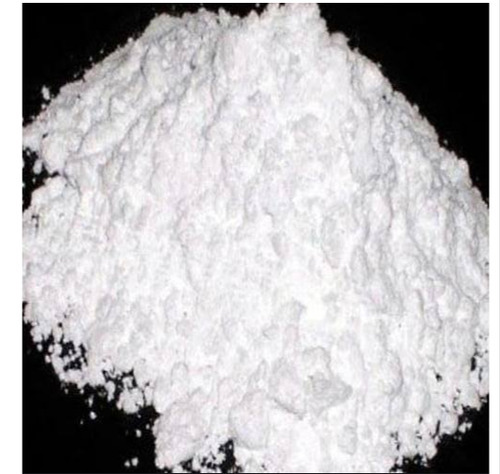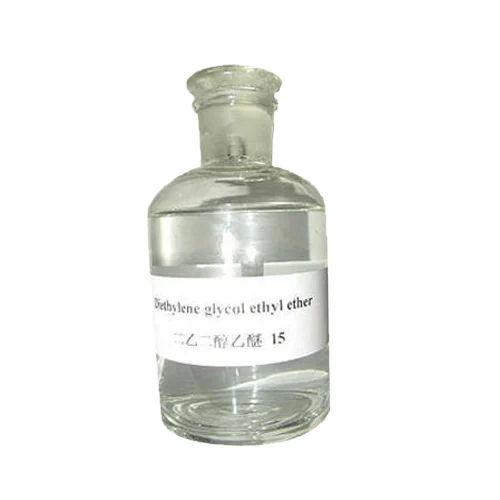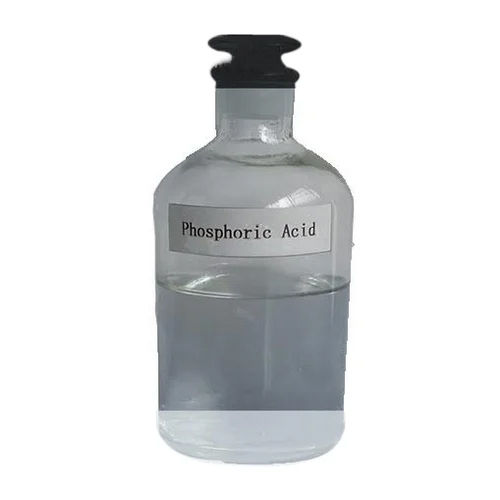
Precipitated Silica
Product Details:
Precipitated Silica Price And Quantity
- 1000 Kilograms
- 90 INR/Kilograms
- 75.00 - 80.00 INR/Kilograms
Precipitated Silica Trade Information
- 500 Kilograms Per Day
- 7 Days
- Yes
- Sample costs shipping and taxes has to be paid by the buyer
- BAG
Product Description
Precipitated Silica is a synthetic amorphous silicon dioxide sourced from quartz sand. This is available in 100% pure and natural form to provide the best results in the manufacturing of industrial rubber, tyre, footwear, food, adhesives, inks, paints, food, etc. This versatile and high-quality product comes with unique surface structure. In addition, this Precipitated Silica comes with excellent flowability and high adsorptivity. This is widely used as a filler in rubber and other applications owing to high level of purity and effectiveness. It is available in high-quality packaging materials to keep it free from moisture and air.
Frequently Asked Questions
1. What is the purpose of precipitated silica?
Ans - Adhesives, coatings, and sealants
The performance, workability, and sustainability of coatings, paints, inks, adhesives, and sealants are improved by using our precipitated silica products as high-performance flatting agents, thickening agents, and anti-corrosion pigments.
2. What does the term "precipitated silica" mean?
Ans - Precipitated silica is a white, powdery substance that is an amorphous form of silica (silicon dioxide, SiO2). Precipitated silica is created by the precipitation of silicate salts from a solution. Pyrogenically generated silica, precipitated silica, and silica gel are the three main kinds of amorphous silica.
3. What makes silica and precipitated silica different from one another?
Ans - Compared to fumed silica, precipitated silica has bigger particle sizes, increasing its specific surface area. More particles can interact with the environment when there is a high specific surface area. After then, it reacts with or adheres to another substance.
4. What is the precipitated silica's primary ingredient?
Ans - Aqueous alkali metal silicate solutions (such as water glass) and mineral acids are the primary raw materials used to create precipitated silica and silica gels (e.g. sulphuric acid). Depending on the circumstances of the reaction and the method, an alkali metal silicate solution reacts with mineral acids to produce precipitates or gels.

Price:
- 50
- 100
- 200
- 250
- 500
- 1000+







